The variety of sizes, shapes, colors, finishes and styles available for floor and wall tiles is endless. However, choosing the right color and style for your future tile project is not enough to ensure its success; You should also think about how you want to put your tile.
There are countless ceramic tile designs and layout options, and with the eye-catching tile pattern, you can enhance your design and improve the aesthetics of each room.
There are a variety of attractive tile patterns, from the most well-known and traditional to some unique, and each offering something really unique.
So, before you start planning your kitchen or bathroom renovation, you need to understand the basic principles of tile layout patterns that can make your space stunning. Here are some different floor tile patterns and wall tile patterns that can improve your space decoration.

Lattice Tile or Square Set Pattern
The most popular and simplest square tile pattern. The grid lines will become a grid because the square tiles are positioned on straight lines to access the traditional look.
In this way, the rectangular tiles also look modern and tidy. A network pattern is a good choice for rooms where you don’t want tiles removed from other design elements. Unfortunately, the use of simple and neutral tiles with this pattern of traditional tiles can appear to be lifeless or sterile. Use the opposite graphs to draw attention to a template, or if you want to highlight this design, use the Tile colors to add another layer of the template.
diode pattern
The diagonal pattern is a design strategy rather than a specific tile pattern. Except for tiles located at 45 degrees angle, which convert square tiles into diamonds, it is comparable to the grid pattern. A diagonal design with an edge can be used as a background focal point for a kitchen.
A flop diagonal pattern can cover existing defects and extend very small space if your walls are not completely square. This design is also perfect for bathroom.
The pattern of the connection of the brick/connection running, the way the brick is sorted reminds of the brick pattern. Square or rectangular tiles can be used, you must arrange them in the rows and move each row individually to get the pattern of the offset you want. This is a simple and timeless design for metro tiles that can keep your space for industrial feeling.
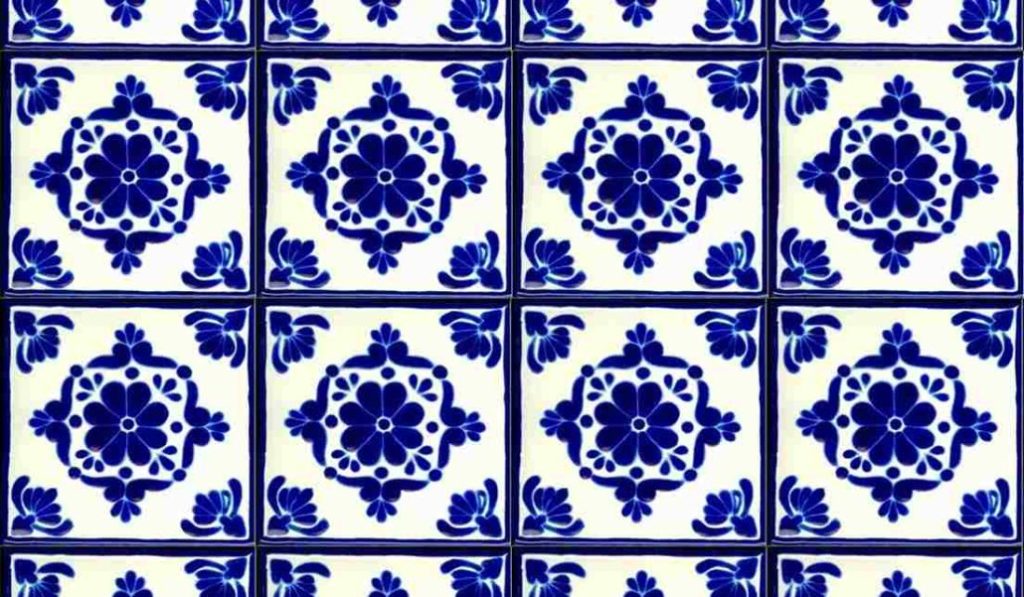
The design has been well-received for both bathroom spaces and floors, and is a simple and lovely choice for the floors. Since it is excellent in massive cracks such as uneven walls, offset lines make it harder for the eye to concentrate on minor defects, the brick pattern is increasing in popularity for interior tiles flooring.
Herringbone pattern
Due to its attractive and masterful appearance, this style of design is good but harder to use widely in Europe for a hundred years.
The famous scheme is shaped by zigzagging large or small rectangular cavities that are named because of its resemblance to ring skeletons. The Herring bone tile pattern is usually set on the floor along the longest wall of the room to highlight the appearance.
The bone herring pattern is a first-class technique for magnifying a small space and works in both modern and classic settings. In a small bathroom or narrow hallway with neutral colors, it looks good. Bacpleshats looks great with Herring’s bone pattern, especially if you use opposite grips to draw attention to a specific pattern.
Chevron pattern
Like the Herring bone pattern, Chevron’s tile pattern combines rectangular tiles with diagonal ends to create an zigzag pattern. The rows of parallelized tiles are the basic blocks of the Chevron tile pattern. Its incredible capacity to quickly transform each space into a beautiful space makes it a popular floor design. Some rectangular tiles specific to the printed chevron pattern have easier to install.
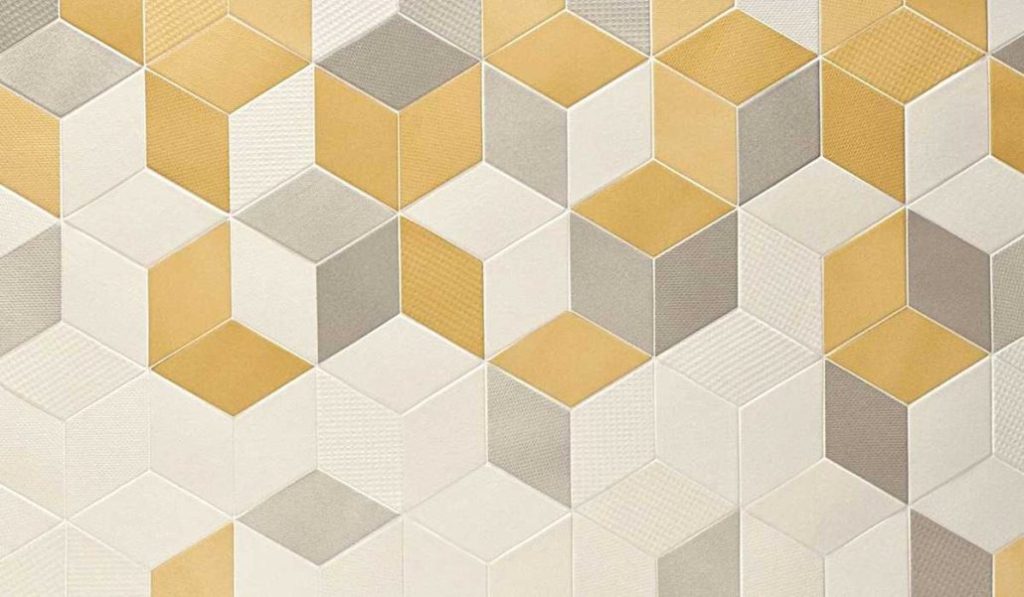
If the tile you’re looking for isn’t shaped into it, you can cut the rectangular tiles to fit the layout. Chevron’s template is very easy to install and only requires one size and tile type. However, you can exchange different color tiles for each V shape to produce a striped zigzag for a more significant appearance.
The pattern for the basket texture of tiles appears to be that the tiles are from the top and below each other in a pattern called a woven basket that is similar to the sewing in a woven basket.
Two brick tiles on the right are placed in front of two brick-shaped tiles placed vertical. This pattern is actually very simple for installation, and it’s just hard to see.
In the early 1900s, the basket-tissue tile pattern was very popular and often used to create a classic stylish sense. It works well in smaller rooms, and it looks amazing when it is combined with natural stone materials such as marble and pebbles. For simple installation, several mosaic dome tiles are available.
PINWHEEL template (HOPLOCKS) or windmill template
It is a purely classical project and one of the most beautiful tile designs. Windmill tile design can be exactly what you’re looking for if you’re planning an improvement in an old style. Four rectangular tiles in the middle are placed around a square tile to form the windmill pattern. To make this design stand out, use a square and checkered tile that intersects with rectangular tiles.
This pattern may appear to be busy on land, but it works well as a border or in a shower. Much larger square tiles around a small square to n this pattern to simulate the movement of the wheel of a needle.
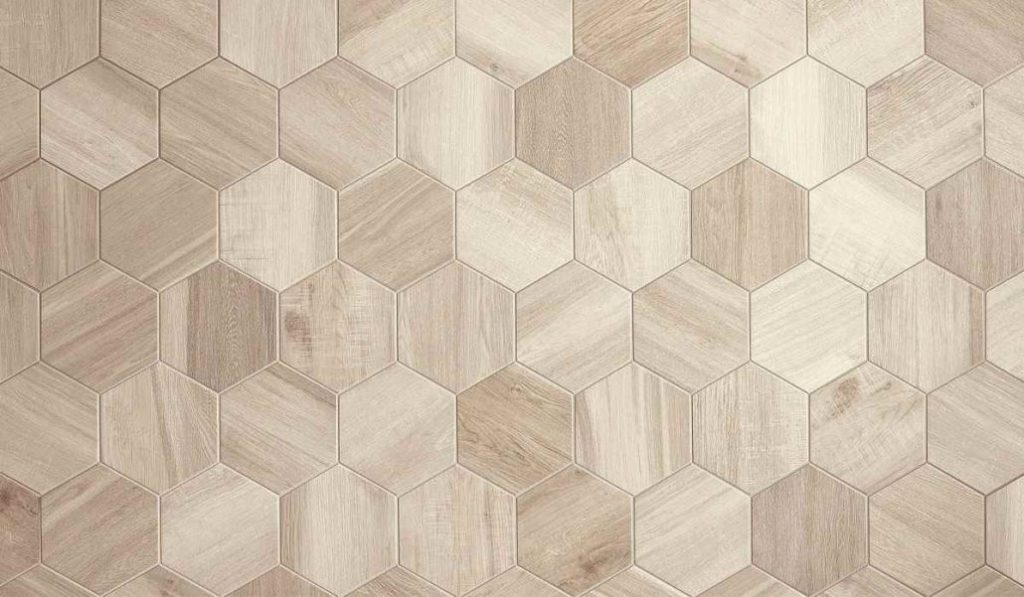
To obtain the best effect with the opposite color tiles, one can replace a small square tile with four mosaic tiles. Popular floor tile patterns include this design, especially when using ceramic tile or in smaller bathrooms.
(French) Versailles
This pattern is tile, classic, beautiful and colorless. This collection combines square and rectangular tile to produce a repetitive pattern that is perfectly balanced and aesthetically pleasing. will not work unless you are using tiles made with a Versailles pattern. This design is one of the challenging designs of floor tiles for fabrication, and careful preparation is essential to achieve the best results.
You now know the names of the most popular tile patterns. However, the patterns you can create with tiles are virtually unlimited. You may combine tiles of different sizes and shapes and play with tile colors and grass in new and attractive ways to make a variety of master floor tile designs.
These tile projects often operate in larger areas, such as living rooms or outdoors because of the level of complexity. However, if you use the appropriate ratio, tile patterns of different sizes, shapes and colors can be stunning highlights.
In this regard, the multiple designs of tile and tile floors allow for the use of art design halls. When you tidy up tiles, it’s good to “dry” the tiles before you snap them. You may be sure that you are completely satisfied with the results of this method.
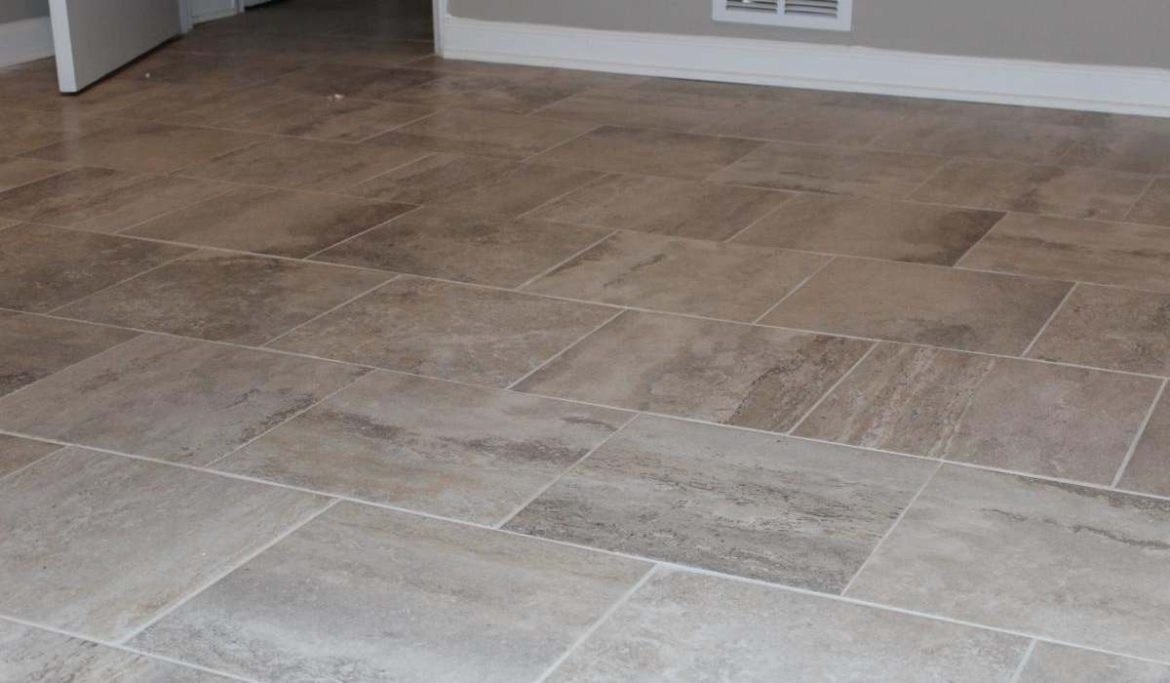
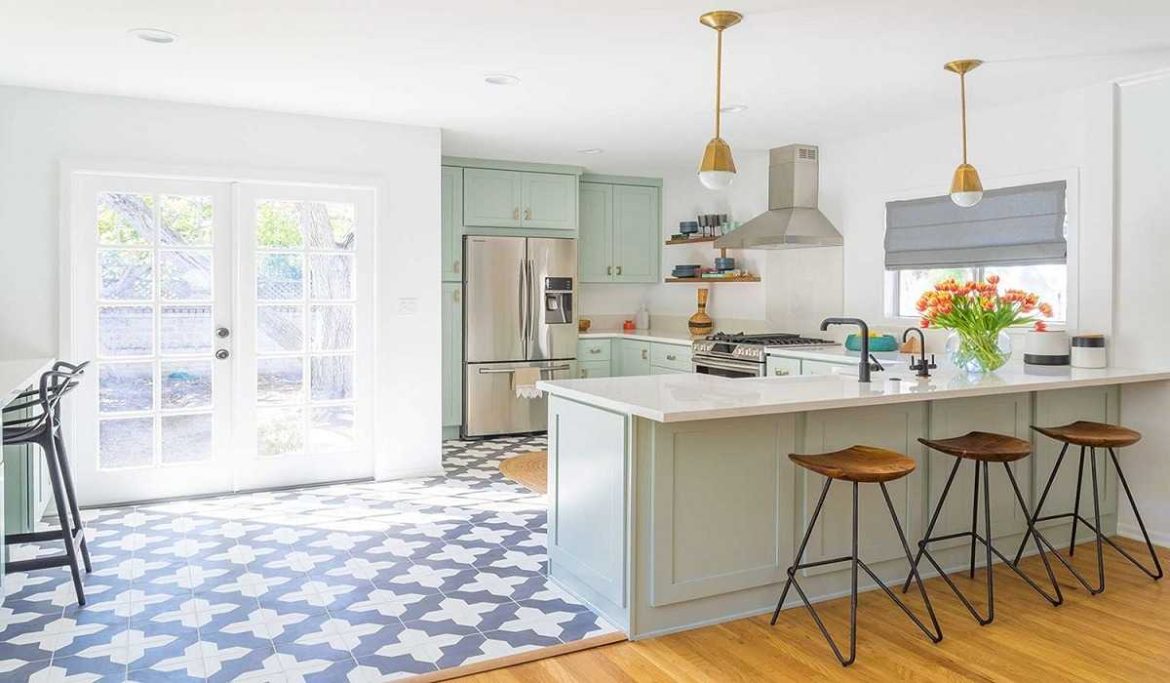
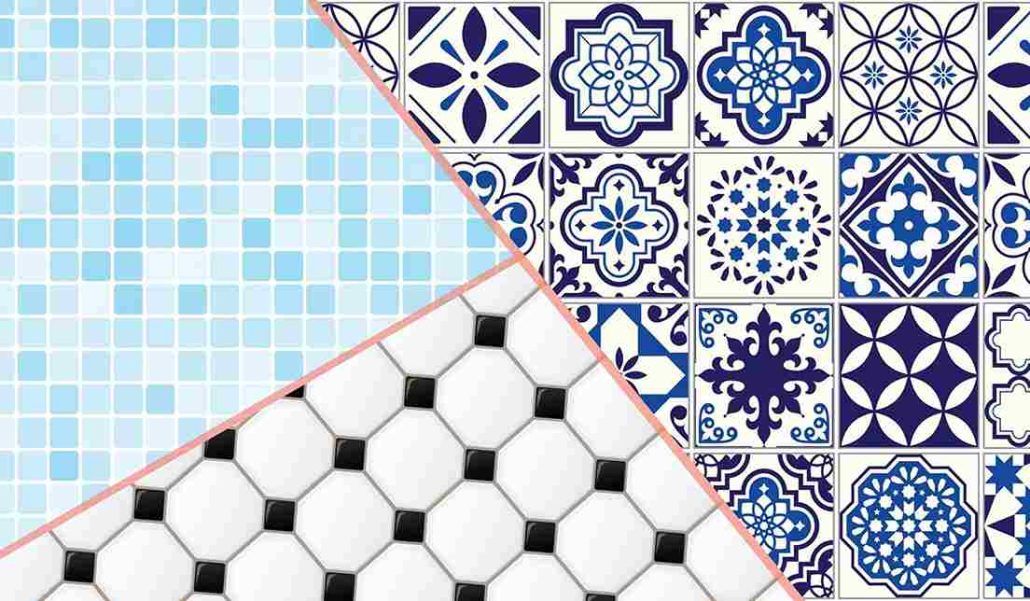
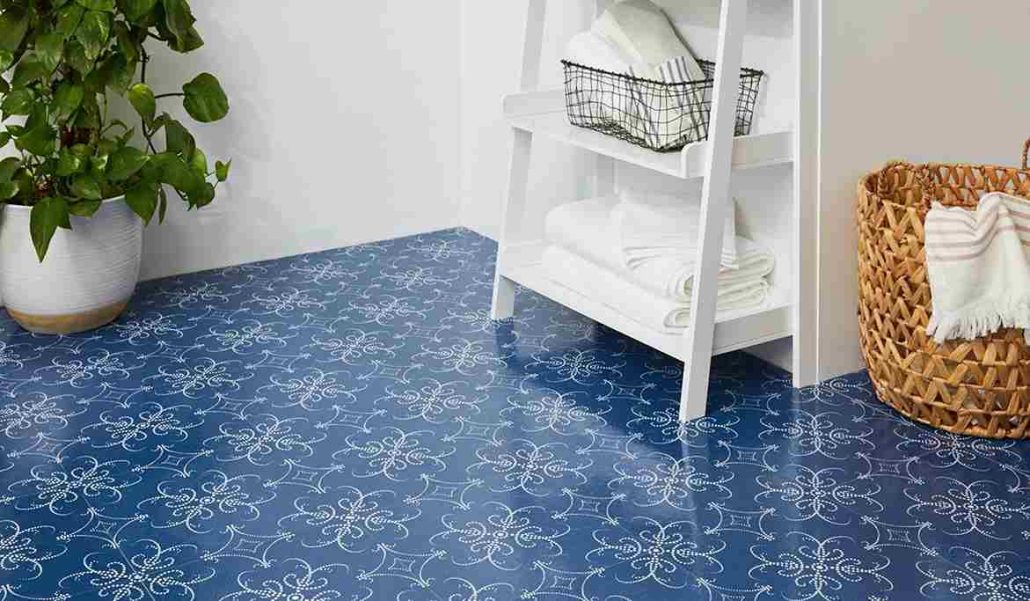

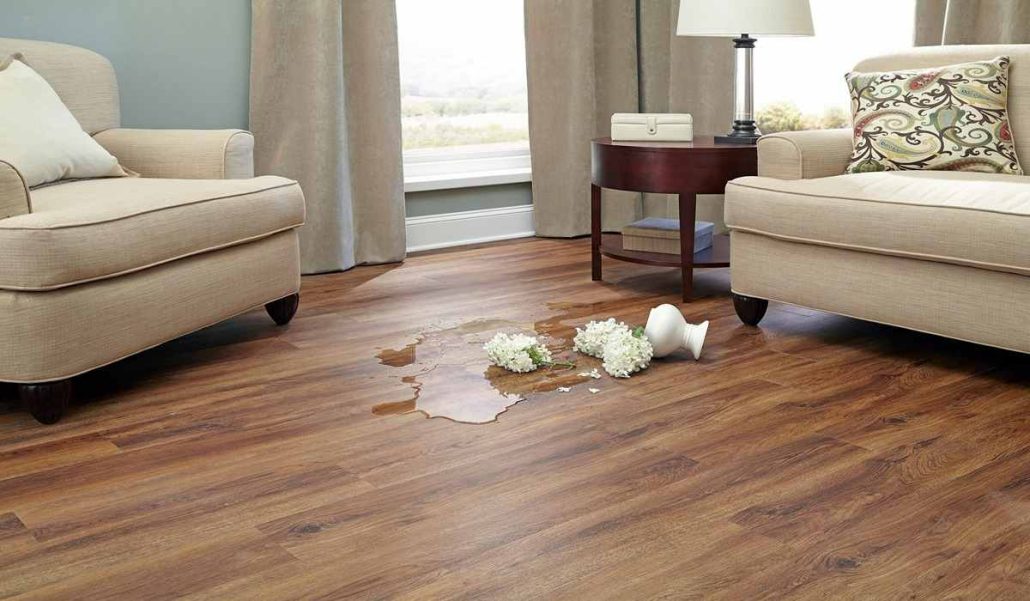
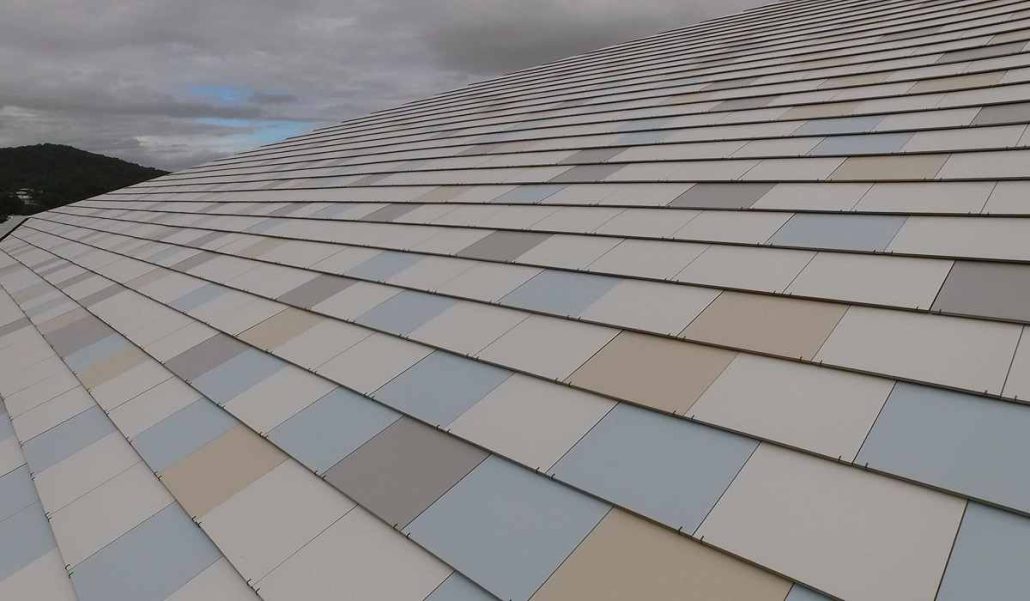
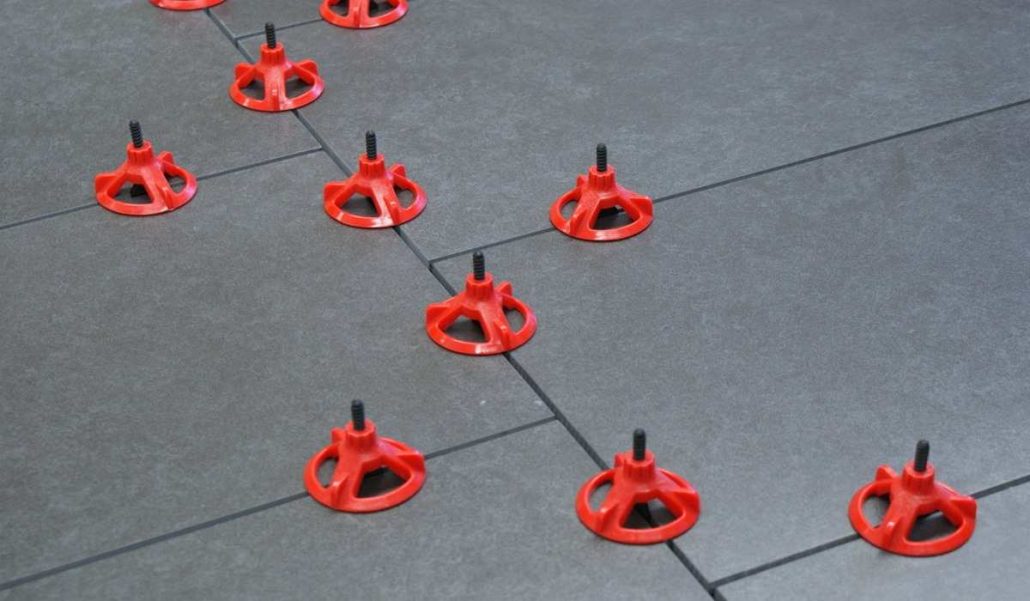
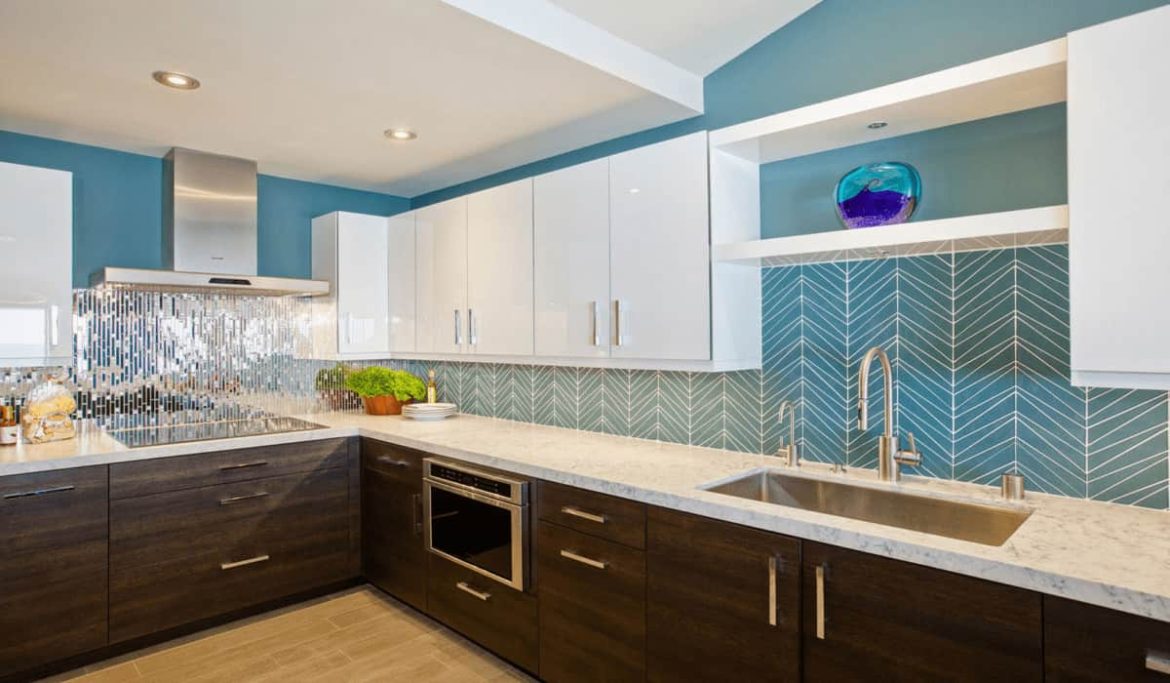
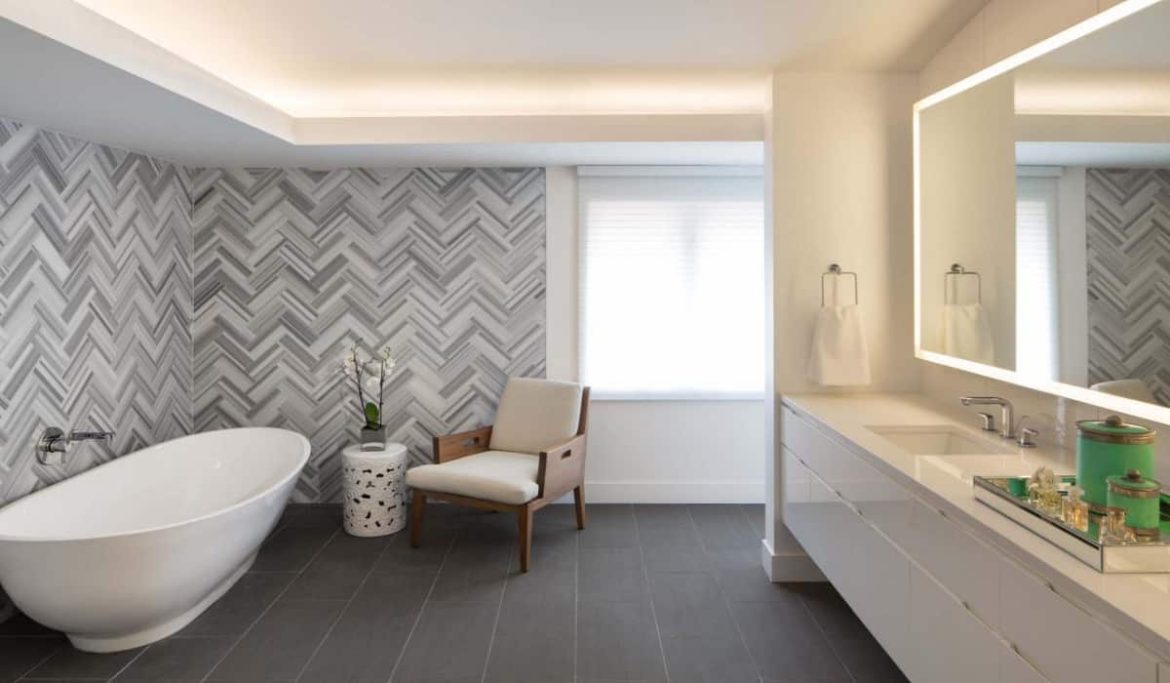
Your comment submitted.